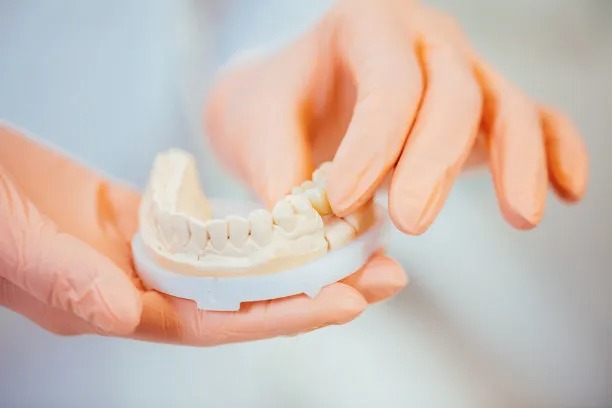Understanding the Benefits and Process of Dental Implant Treatment for Restoring Smiles and Enhancing Oral Health
Summary: Dental implants have transformed the way we approach tooth loss, offering a long-lasting solution that not only restores smiles but significantly enhances oral health. This article delves into the various benefits of dental implant treatment, the step-by-step process involved, and addresses common concerns throughout the journey. With insights on the social, emotional, and practical impact of dental implants, readers will gain a comprehensive understanding of how this innovative procedure can change lives. From improved functionality to increased confidence, the merits of dental implants extend beyond aesthetic appeal, ensuring that individuals can enjoy their favorite foods and express themselves freely. Ultimately, this piece aims to empower those considering implants with knowledge that supports informed decisions.
1. The Advantages of Dental Implants

One of the primary benefits of dental implants is their ability to function like natural teeth. Unlike dentures or bridges, which can slip or require adhesive, implants are securely anchored in the jawbone. This stability allows patients to eat a wide variety of foods without discomfort, enhancing overall quality of life.
Moreover, dental implants help maintain jawbone integrity. When a tooth is lost, the surrounding bone can deteriorate over time due to lack of stimulation. Implants stimulate the bone, preventing resorption and maintaining the facial structure, which is crucial for aesthetics and function.
Additionally, dental implants contribute to better oral health. They do not require the alteration of neighboring teeth, as is necessary with bridges. This preservation of adjacent teeth promotes better oral hygiene, reducing the risk of gum disease and decay in surrounding areas.
2. Understanding the Implant Process
The dental implant process begins with a thorough consultation. During this initial visit, dentists evaluate the patients oral health, discuss the patients goals, and determine if they are a suitable candidate for the procedure. Advanced imaging techniques may be used to assess jawbone structure and identify optimal implant placement.
Once deemed eligible, the next step is the surgical procedure. This involves placing the implant post into the jawbone, which may sound intimidating but is typically performed under local anesthesia. After placement, there is a healing phase where the bone integrates with the implant, providing a solid foundation.
Finally, after the healing period, an abutment is attached, followed by the custom crown designed to match the patient’s natural teeth. This step transforms the patient’s smile, culminating in a functional and aesthetically pleasing result.
3. Addressing Common Concerns
Many patients express concerns about pain during the dental implant process. However, with modern anesthesia and sedation techniques, most individuals report minimal discomfort during and after the procedure. Recovery may involve some swelling and mild pain, but these are generally manageable with prescribed medications.
Additionally, cost is often a concern, as dental implants require a larger upfront investment compared to other solutions. However, considering their durability and low maintenance needs, implants are often more cost-effective in the long run.
Lastly, some individuals worry about the longevity of implants. With proper care, including regular dental check-ups and good oral hygiene, dental implants can last a lifetime, making them one of the most reliable options for tooth replacement.
4. Enhancing Quality of Life
The impact of dental implants goes beyond physical health; they significantly boost a persons self-esteem and confidence. Individuals with missing teeth often feel self-conscious, leading them to avoid social situations. Dental implants can restore the ability to smile freely, engaging in interactions without fear of judgment.
Furthermore, dental implants greatly improve functionality. For those who love food, the ability to bite and chew without pain or fear is immeasurable. Patients are able to enjoy their favorite meals again, facilitating a normal, enjoyable dining experience.
Social interactions also see improvement, as individuals can communicate better when they feel confident about their smile. The psychological benefits of restoring ones smile should not be underestimated, as it leads to a more fulfilling, active lifestyle.
Summary:
In conclusion, dental implants are a revolutionary solution for tooth loss, offering a host of benefits that restore both smiles and oral health. From functional advantages and enhanced quality of life to addressing common concerns, understanding the dental implant process is essential for those considering this treatment. It is a decision that carries significant long-term implications, both physically and emotionally.
This article is compiled by Vickong Dental and the content is for reference only.



